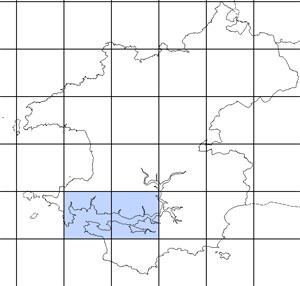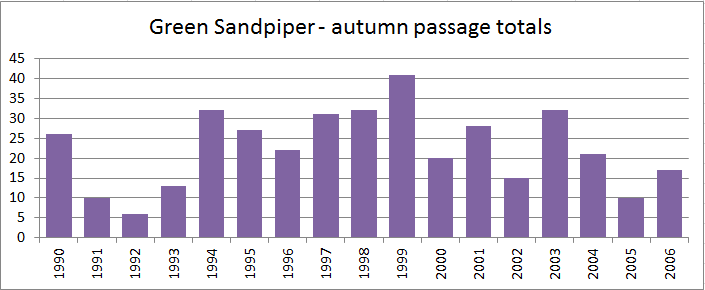Green Sandpiper - 1949
 Friday, October 4, 2013 at 12:54PM
Friday, October 4, 2013 at 12:54PM Tringa ochropus
Mathew describes it as a fairly common autumn visitor, occasionally staying the winter. One killed St Davids, 8 Aug 1911 (Bertram Lloyd). One seen River Alan, 3 Sept 1930 (D.L.Lack) One seen near Pembroke, 5 and 7 July, 1936 by B.L. who considered it a regular autumn passage migrant. Recorded Skokholm: 1 Oct 1946, 28 July, 8 and 19 Aug 1947
R.M.Lockley, G.C.S.Ingram, H.M.Salmon, 1949, The Birds of Pembrokeshire, The West Wales Field Society




